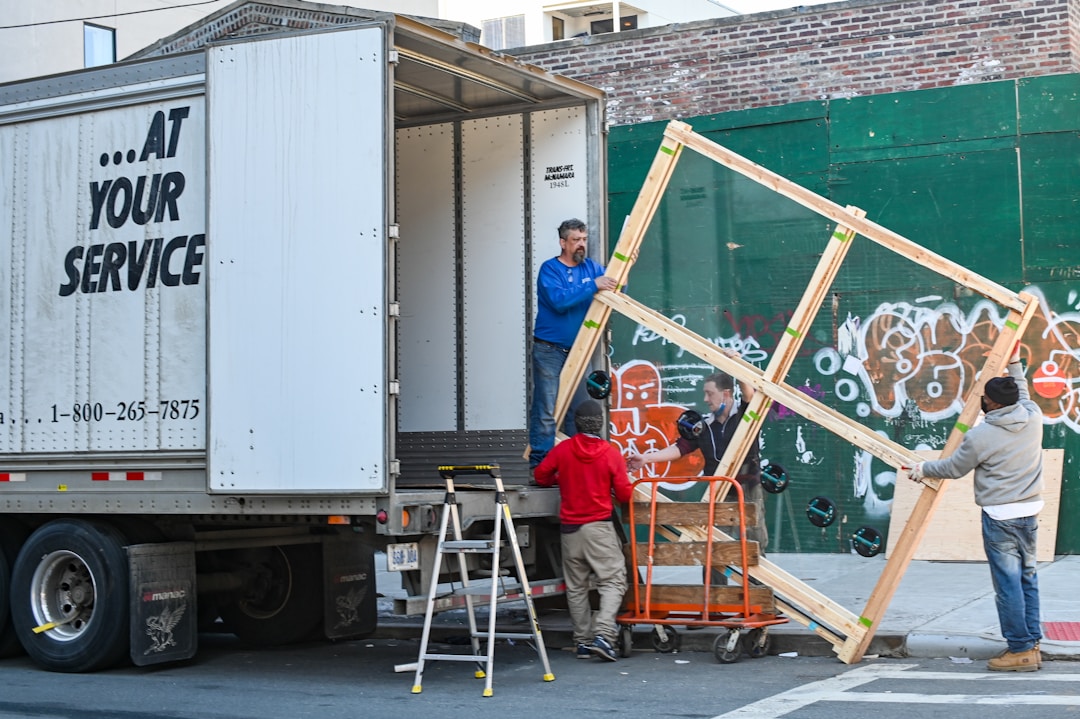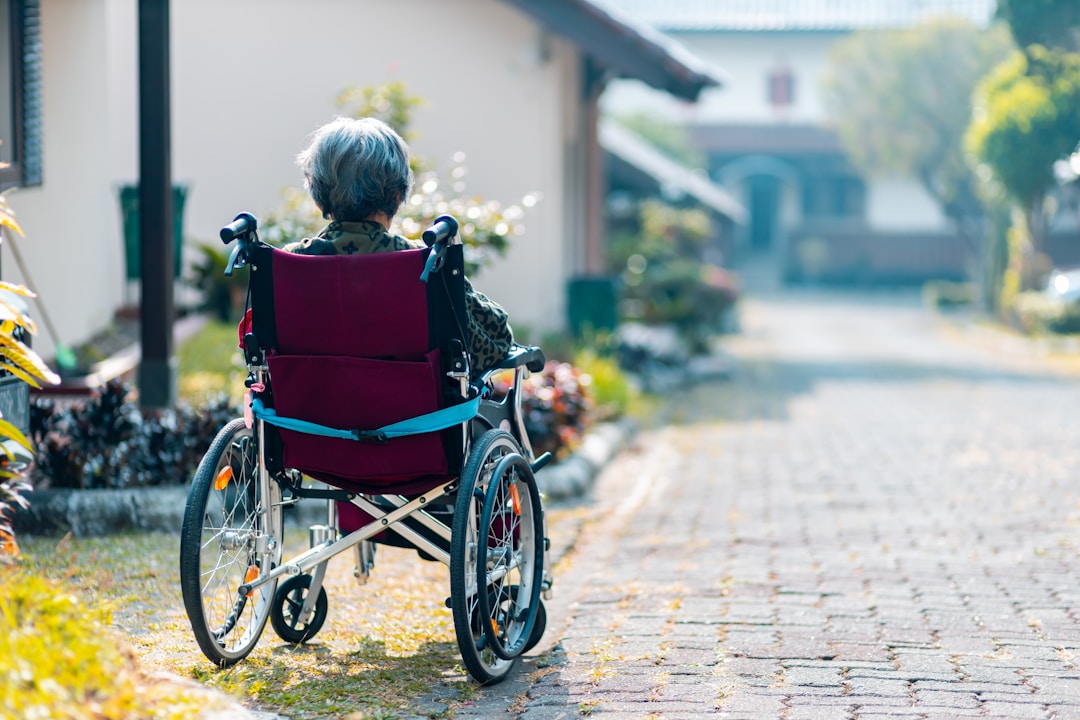Moving into a new home can be an exciting time for many people. However, the moving process can also be stressful, from packing and organizing to moving furniture and transferring utilities. Even if you hire a moving company and have plenty of help, moving is never an easy task. However, for someone who has Alzheimer’s or dementia, moving to a new home and interrupting routines can be especially stressful.
Alzheimer’s disease isn’t fully understood, and its causes aren’t completely known. However, doctors and researchers have a much better understanding today of the progress of the disease and the changes that occur in the brain. With Alzheimer’s, abnormal levels of naturally occurring protein clump together to form plaque in the brain and interfere with natural processes. These plaques collect between neurons and disrupt cell function. This process, along with many others, contributes to the progression of the disease. A person with Alzheimer’s will experience confusion and memory loss in the early stages and can lose the ability to carry out daily functions in later stages. As a result, it can be very frustrating and scary for a person with Alzheimer’s disease when moving to a new home.
If you’re helping someone with Alzheimer’s disease move to a new home, there are a few things to consider to make the process easier. Let’s look at some of the things you can do to help someone with Alzheimer’s move.
Plan ahead.

When you have to move someone with Alzheimer’s, it will be best for everyone if you plan ahead of time. You’ll want to talk to the person and be as honest as you can. You should also plan for additional caregivers or family members to be present for the move to provide help and support. Packing their belongings will be stressful for them, and the extra activity could cause anxiety.
You can help mitigate some stress and anxiety by packing the person’s belongings over an extended period so that it is more of a gradual transition. If at all possible, you can try to take some of the person’s belongings to their new room so that there are a few familiar things when they first arrive. You can also speak with the person’s doctor about suggestions for keeping them calm during the move.
Another way to decrease stress for both you and the patient will be to hire a moving company. Your move day will be very stressful for all involved, so it will be beneficial if you allow professional movers to do some of the work for you. Movers will take all of the furniture, valuables, and other possessions and deliver them to the new home. They will also move everything into the new house for you. To ensure that you remain as calm as possible, you will want to hire quality movers who will offer great customer service and do a great job. Depending on your location, you can search for “Miami movers,” for example, to locate a great company near you.
Create normality.

On the day of the move, you should try to follow the person’s normal daily routine as much as you can. If you can, plan for the movers to come during the day when the patient is usually calm. This might mean that you have to pay an extra charge to have movers come in the early morning or late afternoon. When you arrive at the new house, try and do so when you can pick up with the normal routine. If you plan to arrive around mealtime, for example, be sure to have their normal food ready to serve and eat at the regular time. Create as much normality as you can on moving day to help reduce anxiety and upset.
It might be difficult to move a person with Alzheimer’s disease to a new house. No doubt it will be a stressful move for both of you. With some planning and the services of a moving company, you can create the most stress-free environment possible.








